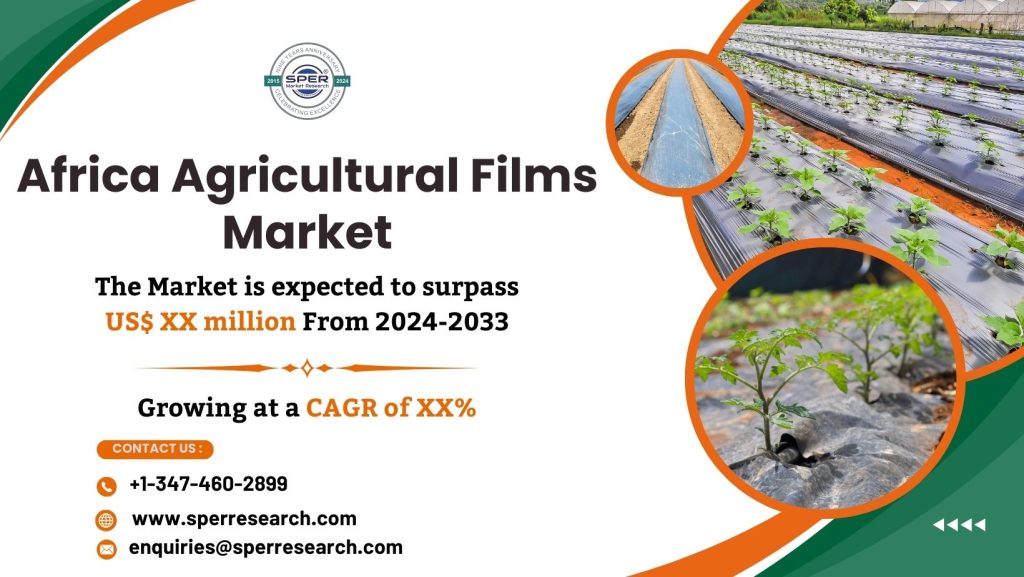The entire discipline of facility management is centered on the successful and efficient functioning of structures and facilities. It includes a broad range of services, such as upkeep, space management, security, and safety, and it makes sure that surroundings are favorable to wellbeing and productivity. Facility managers arrange for a variety of tasks, including emergency preparedness, HVAC, cleaning, and gardening, and they frequently use technology to streamline processes. The increasing focus on sustainability has made facility management even more important in putting eco-friendly initiatives like waste reduction and energy conservation into action. The role of facilities management is changing as businesses realize more and more how crucial well-maintained facilities are to employee happiness and operational effectiveness. They are incorporating creative solutions to address the demands of contemporary workspaces.
According to SPER Market Research, ‘France Facility Management Market Size- By Type, By Offering Type, By End User- Regional Outlook, Competitive Strategies and Segment Forecast to 2033’ states that the France Facility Management Market is estimated to reach USD XX million by 2033 with a CAGR of 5.0%.
The growing need for sustainable facilities is the primary factor propelling the Facility Management (FM) market in France. There has been a notable change in public and corporate perspectives on sustainability and environmental responsibility in the past several years. Due to this, businesses in the public and private sectors are making a concerted effort to lessen their environmental effect and their carbon footprint. The FM industry is directly impacted by this change. Energy-efficient building management, waste minimization, water conservation, and the use of environmentally friendly materials are examples of sustainable FM practices. Businesses and governmental organizations in France are investing more and more in environmentally friendly infrastructure and green structures. There is a great demand for FM firms that provide sustainable solutions, like energy-efficient HVAC systems and integration of renewable energy.
The complexity of regulatory requirements and compliance is a major barrier for the French Facility Management (FM) business. FM enterprises find it challenging to negotiate the complex and frequently changing regulatory environment in France regarding facilities. This problem affects many different areas, such as labor rules, environmental regulations, building requirements, and safety standards. Environmental and energy efficiency requirements are strictly enforced during the construction and operation of structures in France. FM suppliers face serious difficulties when it comes to adhering to regulations like the High Environmental Quality (HQE) accreditation. Failing to do so may result in financial penalties or project delays.
Request For Free Sample Report @ https://www.sperresearch.com/report-store/france-facility-management-market.aspx?sample=1
Impact of COVID-19 on France Facility Management Market
The COVID-19 pandemic had a profound effect on the French facility management industry, leading to a change in practices toward improved safety and cleanliness. Facility managers rearranged facilities to promote social separation and enforced strict cleaning policies as businesses placed a premium on employee well-being. The increasing prevalence of remote work has also changed facility management approaches, prompting a reassessment of space allocation and the use of intelligent technologies to enhance monitoring and maintenance. Additionally, as companies looked to build resilient environments, there was a greater need for flexible and adaptable infrastructures. All things considered, the pandemic sped up the pace of sustainability and digitalization, permanently altering the face of facility management in France.
France Facility Management Market Key Players:
The Île-de-France dominates the France Facility Management Market due high number of businesses requiring efficient operation and maintenance of their facilities. Major players in the market are AItenders, Atalian Group, CBRE Group Inc, Cushman & Wakefield, DEF network and Others.
For More Information, refer to below link: –
France Facility Management Market Growth
Related Reports:
Follow Us –
LinkedIn | Instagram | Facebook | Twitter
Contact Us:
Sara Lopes, Business Consultant – USA
SPER Market Research
+1-347-460-2899









